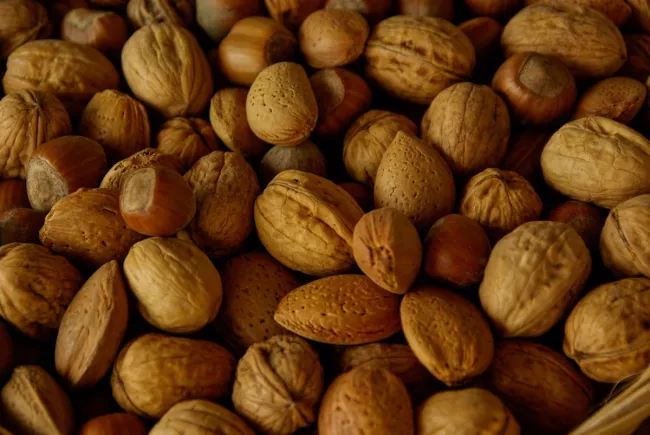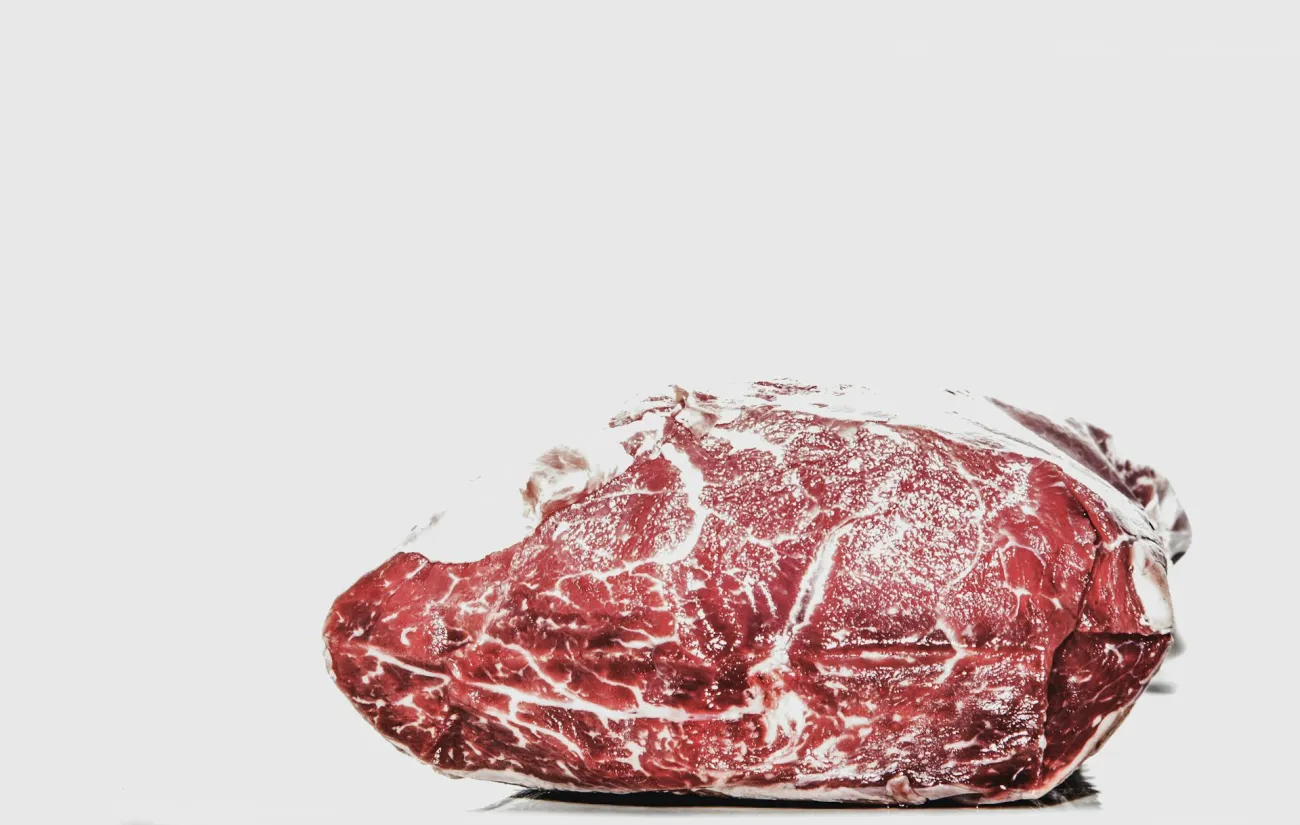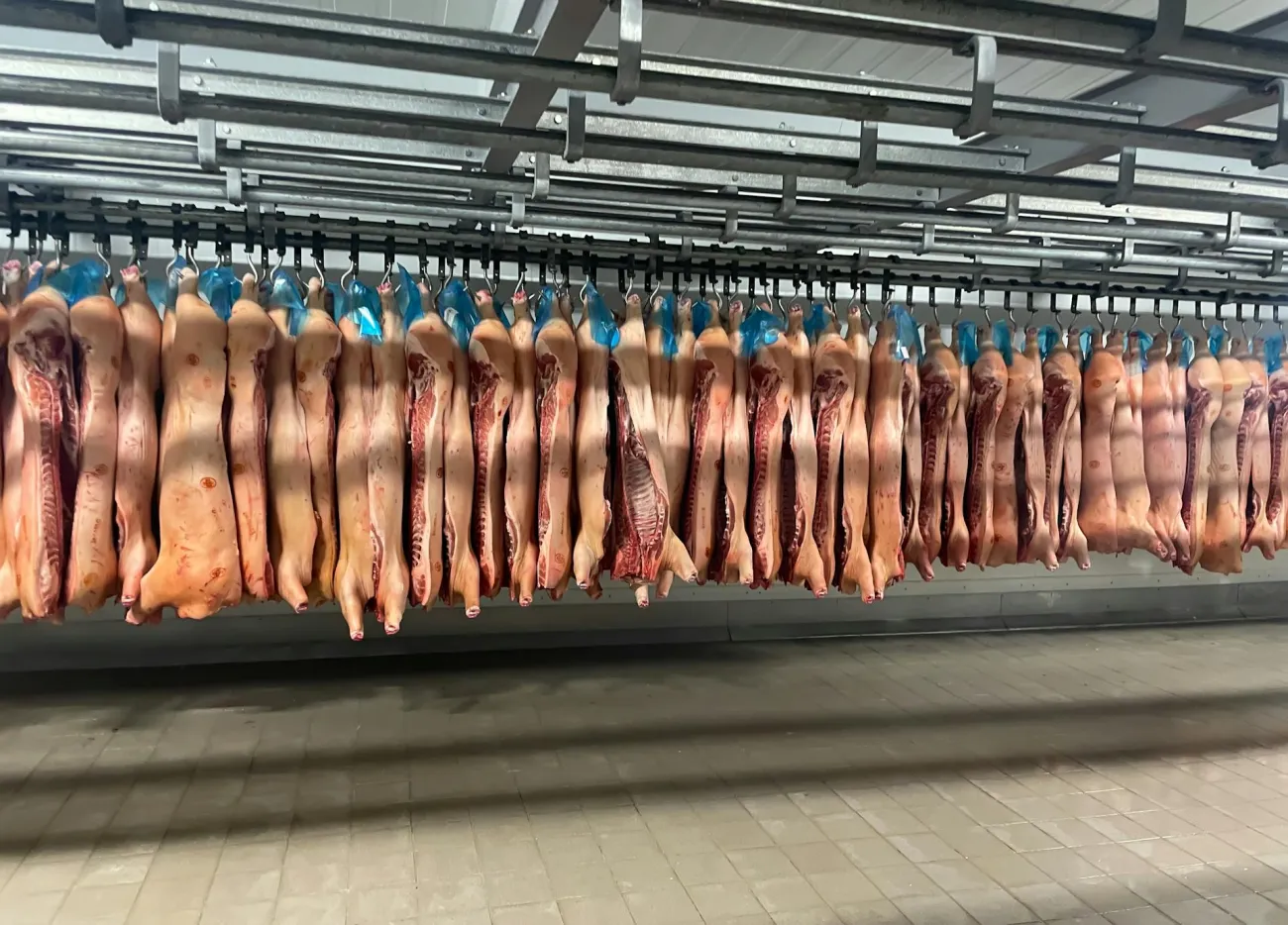This paper evaluates the impact of diet on risk factors for heart disease. It finds that replacing red meat with “high-quality” plant protein sources (such as legumes, soy or nuts), but not with fish or “low-quality” carbohydrates (such as refined grains and simple sugars), results in improvements in total and low-density lipoprotein cholesterol.

The paper systematically reviews 36 randomised controlled trials that compared the effects of replacing diets containing red meat with alternative diets (or the participants’ usual diets with alternative diets containing either red meat or other foods). The study assessed the impacts of different dietary changes on a set of indicators that are risk factors for cardiovascular disease: total cholesterol; low-density lipoprotein cholesterol; high-density lipoprotein cholesterol; and triglycerides.
The authors hypothesised that inconsistencies in previous studies on the cardiovascular risks of red meat consumption may be because of differences between the types of alternative diets that were used to replace diets containing red meat. They therefore placed the alternative diets into the following different categories: “high-quality” plant protein sources (such as legumes, soy or nuts); poultry and fish; fish only; poultry; carbohydrates; and animal proteins including red meat.
When diets with red meat were compared with all other diets combined, there was no significant change in the set of cardiovascular risk factors assessed except that red meat produced higher triglyceride levels.
However, when diets with red meat were compared to specific alternative diet types, more differences in the levels of several cardiovascular risk factors emerged. The findings include:
- Total cholesterol and low-density lipoprotein (“bad”) cholesterol were on average higher for red meat than for high-quality plant protein sources.
- Total cholesterol and high-density lipoprotein (“good”) cholesterol were higher for fish-based diets (with no meat) than for red meat. The authors suggest that the beneficial impacts of red meat (compared to fish) on total cholesterol and low-density lipoprotein (“bad”) cholesterol levels might be due to studies where the red meat consumed was mostly lean and unprocessed.
- Red meat showed no significant difference to poultry in levels of total cholesterol, low-density lipoprotein cholesterol, high-density lipoprotein cholesterol, or triglycerides.
- Triglycerides were higher for carbohydrates than for red meat.
Further details can be found in the supplementary data of the paper.
Abstract
Background:
Findings among randomized controlled trials evaluating the effect of red meat on cardiovascular disease risk factors are inconsistent. We provide an updated meta-analysis of randomized controlled trials on red meat and cardiovascular risk factors and determine whether the relationship depends on the composition of the comparison diet, hypothesizing that plant sources would be relatively beneficial.
Methods:
We conducted a systematic PubMed search of randomized controlled trials published up until July 2017 comparing diets with red meat with diets that replaced red meat with a variety of foods. We stratified comparison diets into high-quality plant protein sources (legumes, soy, nuts); chicken/poultry/fish; fish only; poultry only; mixed animal protein sources (including dairy); carbohydrates (low-quality refined grains and simple sugars, such as white bread, pasta, rice, cookies/biscuits); or usual diet. We performed random-effects meta-analyses comparing differences in changes of blood lipids, apolipoproteins, and blood pressure for all studies combined and stratified by specific comparison diets.
Results:
Thirty-six studies totaling 1803 participants were included. There were no significant differences between red meat and all comparison diets combined for changes in blood concentrations of total, low-density lipoprotein, or high-density lipoprotein cholesterol, apolipoproteins A1 and B, or blood pressure. Relative to the comparison diets combined, red meat resulted in lesser decreases in triglycerides (weighted mean difference [WMD], 0.065 mmol/L; 95% CI, 0.000–0.129; P for heterogeneity <0.01). When analyzed by specific comparison diets, relative to high-quality plant protein sources, red meat yielded lesser decreases in total cholesterol (WMD, 0.264 mmol/L; 95% CI, 0.144–0.383; P<0.001) and low-density lipoprotein (WMD, 0.198 mmol/L; 95% CI, 0.065–0.330; P=0.003). In comparison with fish, red meat yielded greater decreases in low-density lipoprotein (WMD, –0.173 mmol/L; 95% CI, –0.260 to –0.086; P<0.001) and high-density lipoprotein (WMD, –0.065 mmol/L; 95% CI, –0.109 to –0.020; P=0.004). In comparison with carbohydrates, red meat yielded greater decreases in triglycerides (WMD, –0.181 mmol/L; 95% CI, –0.349 to –0.013).
Conclusions:
Inconsistencies regarding the effects of red meat on cardiovascular disease risk factors are attributable, in part, to the composition of the comparison diet. Substituting red meat with high-quality plant protein sources, but not with fish or low-quality carbohydrates, leads to more favorable changes in blood lipids and lipoproteins.
Reference
Guasch-Ferré, M., Satija, A., Blondin, S.A., Janiszewski, M., Emlen, E., O’Connor, L.E., Campbell, W.W., Hu, F.B., Willett, W.C. and Stampfer, M.J., 2019. Meta-Analysis of Randomized Controlled Trials of Red Meat Consumption in Comparison With Various Comparison Diets on Cardiovascular Risk Factors. Circulation, 139(15), pp.1828-1845.
Read the full paper here and read a summary here. See also the Foodsource resource What are the synergies and trade offs and overall implications for health?




Comments (0)